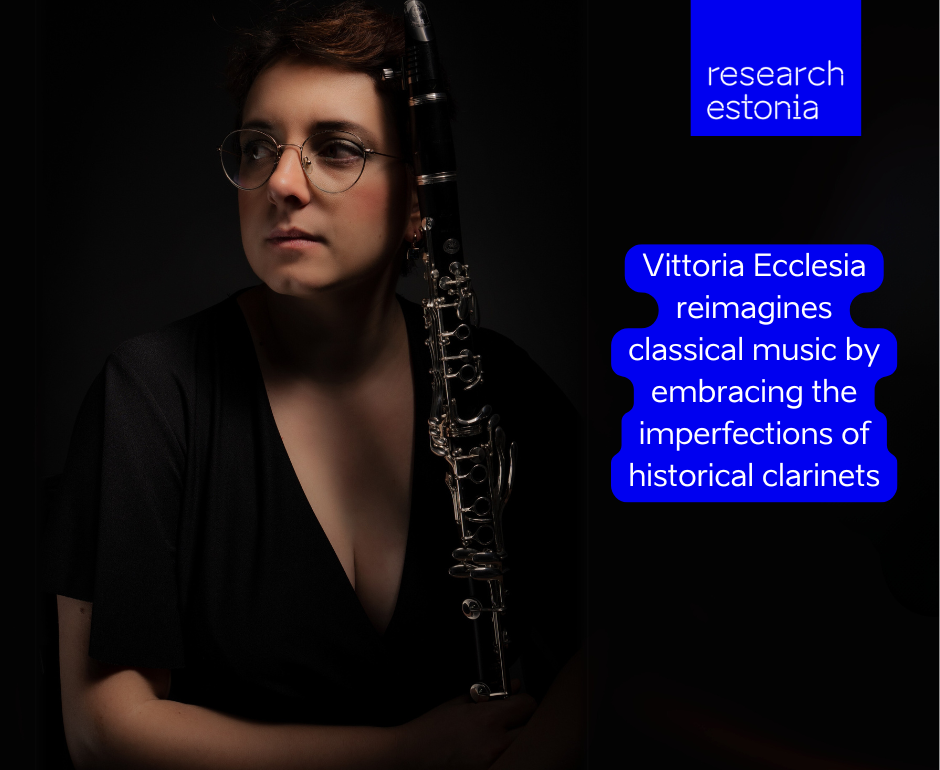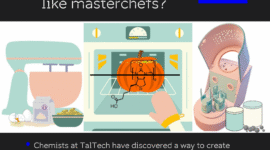Classical music is a vibrant and inspiring field, but it has a dark side, which strangles performers with unrealistic expectations and excessive perfectionism. Through my artistic research, I found a way to challenge the chokehold of perfectionism in my practice through the exploration of the musical possibilities of historical clarinets.
A German instrument maker, Johann-Christoph Denner, created the first prototype of clarinet more than 300 years ago. During this time, it has changed and developed, becoming a more complex and standardised instrument to fulfil the increasing demands of performers and composers writing music for it. The first clarinets had only two keys to close extra holes, while modern instruments have at least 17 keys and function with complex mechanisms of levers and springs.
But is new always better? Or could the past versions of the instrument still be relevant and teach us something? These were the questions I explored in my research work

When I started the investigation I had a modernist perspective, convinced by the illusion that new must always be better and technical progress is always the answer. Yet, I quickly realised that the historical clarinet, far from being an inferior version of its modern relative, was an interesting instrument in its own right and offered me a chance to reimagine my musical practice.
The instruments I used in this investigation were a modern clarinet and a 13-keyed clarinet, a model invented in the 1820s by Iwan Müller, a clarinettist originally born in Tallinn. His invention was a milestone in the history of clarinet development and sparked my interest because of its similarity and distance from modern instruments.
To compare them, I played the same music on both of them, reported my observations in a journal, experimented with different music, and later analysed my notes, looking for patterns and insights. This process was cyclical, with practice sessions followed by journal analysis, which in turn informed the next round of practice sessions, providing insights and ideas to explore.
The 13-keyed historical clarinet was challenging, because of its less-developed mechanics and its unstable tuning, but by exploring and overcoming these challenges, I learned new skills that made me a better musician and impacted my way of thinking. Its alleged “imperfections” showed me new ways of approaching music, improved my technical skills, such as legato, articulation, and intonation, and strengthened my interpretation. The experience also slowly taught me to reject impossible perfectionism and strive instead to achieve the best possible outcome with the instrument and the circumstances I was given.

With such a challenging instrument, little accidents and unexpected problems arose constantly. On the modern clarinet, such occurrences would have been a blow to my confidence and could have led to extremely negative reactions. On the historical clarinet, on the other hand, it was easier to accept such accidents as simply challenges to be overcome, like a game between me and the instrument instead of a deadly race towards unreachable perfection. It prompted deeper reflections on the nature of mistakes, accidents, and on a broader level my humanity as an artist.
Grown with the pervasive use of perfect recordings, modern musicians are prone to forget that we are but humans and therefore fallible. This research project was a chance to artistically explore and accept this humanity. Other instrumentalists can apply a similar double instrument practice model, for example, string players using historical string instruments, or guitar players using ukuleles. This approach would help to break the boundaries of standard classical practice strategies and supporting musicians in developing their own healthier approaches and improved skills.
In the scenario of world problems, finding healthier and more realistic ways to practice classical music may seem an elitist issue, detached from real problems. But for me, this type of artistic exploration and self-reflection relates not only to how I play classical music, but also to how I want to live in the world: slowly, gently, accepting flaws, and doing my best. In the same way I wish other musicians could experience their lives.
Author of this article is Vittoria Ecclesia from Estonian Academy of Music and Theatre. Editor Jaan-Juhan Oidermaa. Article written for the contest “Science in 3 minutes” organised by Estonian Academy of Sciences and The Estonian Young Academy of Sciences (EYAS). Main sponsor of the competition is Inclusive Financial Technology Foundation.
If this tune about music struck the right chord, don’t skip a beat – turn up the volume on our next article for more harmonious insights! Read more about “Like Beethoven and Beyoncé, the art of borrowing lives on!”
 Back
Back



